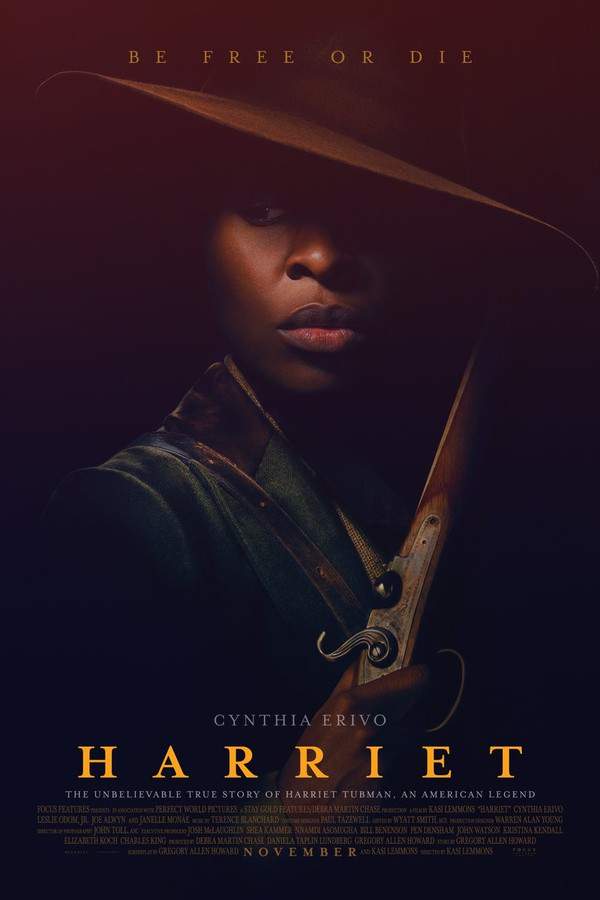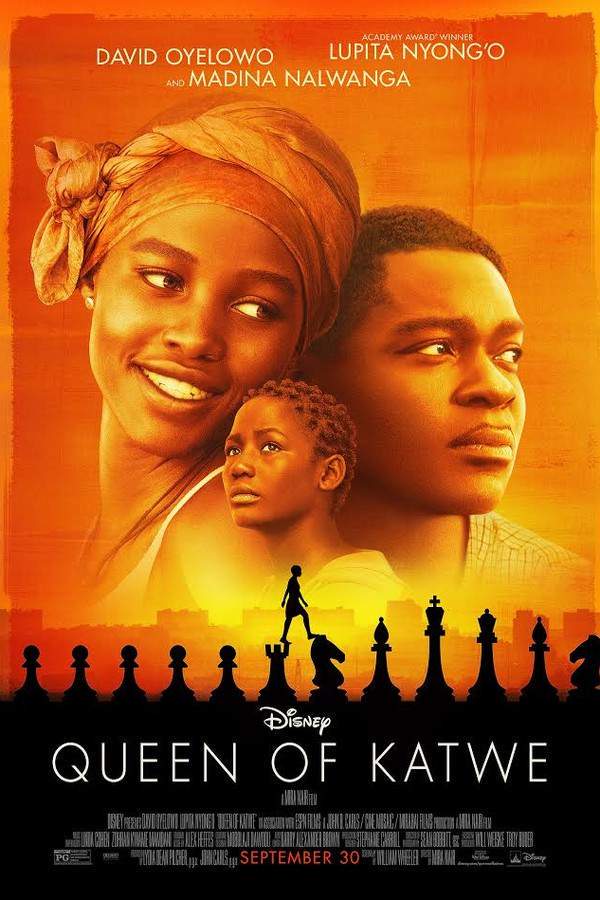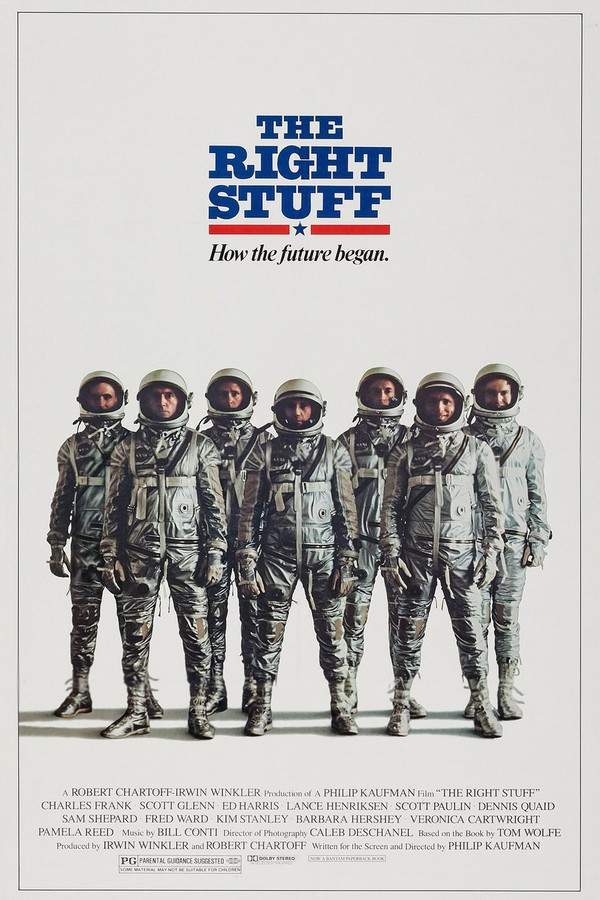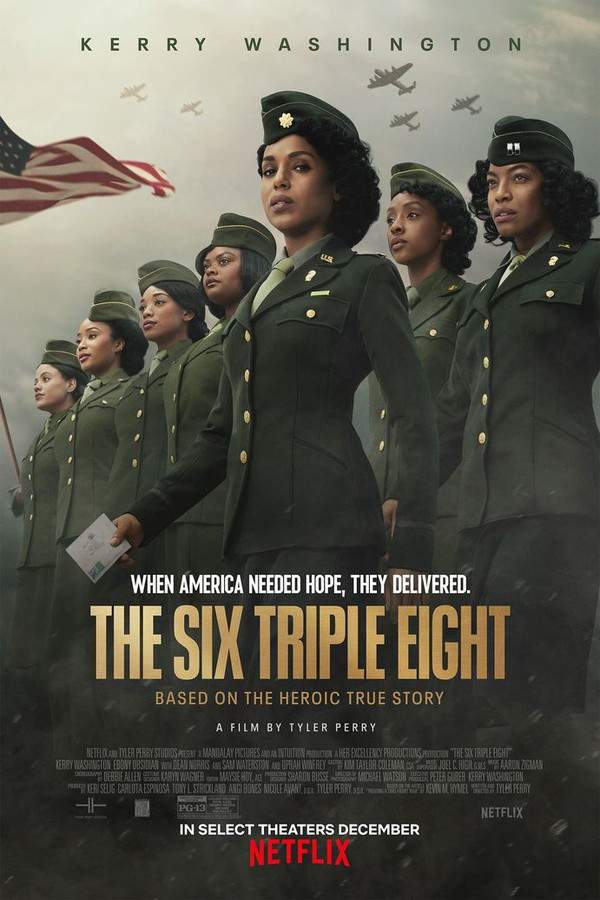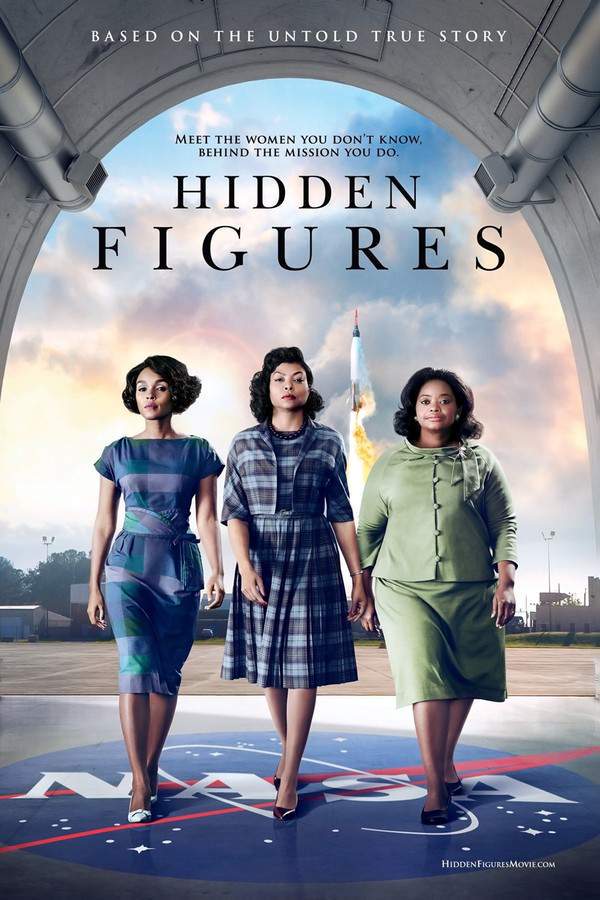
Hidden Figures 2016
Directed by

Theodore Melfi
Test your knowledge of Hidden Figures with our quiz!
Hidden Figures Plot Summary
Read the complete plot summary and ending explained for Hidden Figures (2016). From turning points to emotional moments, uncover what really happened and why it matters.
As Katherine Goble Johnson navigates the deeply segregated landscape of Langley Research Center in Hampton, Virginia, in 1961, she becomes a pivotal figure among a small group of African-American women colleagues, including Mary Jackson and Dorothy Vaughan. These talented women find themselves assigned to perform menial mathematical calculations without an understanding of their critical purpose. The glaring segregation based on both race and gender shapes their daily experiences, particularly for Katherine, who is brought into Al Harrison’s Space Task Group due to her remarkable skills in analytic geometry, making her the first Black woman on that team. However, she faces constant challenges, particularly from engineers like Paul Stafford, who often dismiss her contributions.
Mary Jackson is assigned to the space capsule heat shield team, where her keen eye quickly identifies a critical design flaw. Supported by her team leader, Karl Zielinski, a Polish-Jewish Holocaust survivor, Mary pursues a NASA engineering position. Despite facing derision for her educational background, she refuses to back down. Demonstrating astounding courage, she petitions to attend all-white night classes at Hampton High School, ultimately winning over a local judge by appealing to his sense of justice and history, despite her husband’s protests.
Initially skeptical of Katherine’s mathematical capabilities, African-American National Guard Lt. Col. Jim Johnson eventually apologizes for his misguided assumptions. As Katherine spends time with him and her three daughters, she impresses Al Harrison by adeptly solving a complex equation lifted from redacted documents. The urgency mounts as the Soviet Union’s successful launch of Yuri Gagarin heightens the pressure on America to send astronauts into space.
A transformative moment occurs when Harrison confronts Katherine about her “breaks,” unaware that she must walk half a mile to access the restroom designated for “colored” individuals. Her heartfelt explanation of her daily discrimination is a crucial turning point, prompting Harrison to boldly remove the “colored” restroom signage and eliminate segregation. He subsequently includes her in high-stakes meetings to calculate the space capsule’s re-entry point, symbolizing a crucial advancement in her recognition.
Nevertheless, not everyone is ready to acknowledge Katherine’s profound contributions. Paul Stafford insists that “computers” cannot draft reports, instead attributing her efforts solely to himself, which once again obscures her vital role. Unfazed by these systemic issues, Katherine’s relentless determination and commitment to her work shine brightly, reflecting an indomitable spirit in the face of adversity.
Meanwhile, Dorothy Vaughan immerses herself in the complexities of the IBM 7090 electronic computer and quickly realizes that this groundbreaking technology threatens to replace human computers. As NASA gears up for John Glenn’s momentous launch, she learns crucial programming skills—secretly acquiring knowledge of Fortran and imparting this to her fellow West Area coworkers. Dorothy’s leadership soon leads to her role as supervisor of the Programming Department, with the critical condition that thirty of her peers are transferred along with her.
In the lead-up to launch day, Katherine Johnson (played by Taraji P. Henson) is moved from the Programming Department to support John Glenn’s Friendship 7 mission. Her unparalleled mathematical skills become indispensable when discrepancies arise in the IBM 7090’s calculations. Katherine’s unwavering precision and diligence allow her to prove invaluable as she enters the control room, ensuring the mission achieves successful orbit and landing.
Although human computers gradually give way to machines, the legacies of Dorothy, Katherine, and Mary Johnson persist. In a touching epilogue, we learn that Mary earned her engineering degree, becoming NASA’s first African American female engineer, while Dorothy blazed trails as NASA’s first African American supervisor. Katherine’s achievements are particularly notable; she co-authored reports with Paul Stafford and calculated crucial trajectories for the Apollo 11 and Space Shuttle missions. In 2015, her tireless dedication culminated in her receiving the Presidential Medal of Freedom. By 2016, NASA honored her enduring legacy by naming the Katherine Johnson Computational Building at Langley Research Center, a true testament to her profound influence in mathematics and beyond.
Hidden Figures Timeline
Follow the complete movie timeline of Hidden Figures (2016) with every major event in chronological order. Great for understanding complex plots and story progression.
Katherine Joins Langley Research Center
In 1961, Katherine Goble Johnson begins her work at Langley Research Center in Hampton, Virginia, amidst a landscape deeply divided by race and gender. As one of the few African-American women in her field, she navigates the challenges and barriers that come with her position while demonstrating exceptional talent in mathematics.
The Space Task Group
Katherine's mathematical skills catch the attention of Al Harrison, leading to her placement in the Space Task Group. As the first Black woman on the team, she contends with skepticism and hostility from some colleagues, particularly engineer Paul Stafford, who underestimates her contributions.
Mary Jackson's Assignment
Mary Jackson is assigned to the space capsule heat shield team, where she quickly identifies a critical design flaw. Encouraged by her team leader, Karl Zielinski, she pursues an engineering position at NASA despite facing significant obstacles and bias regarding her educational background.
Mary Jackson's Petition
Demonstrating unyielding determination, Mary Jackson petitions to attend all-white night classes at Hampton High School to further her education. She appeals to a local judge's sense of justice and history, ultimately gaining permission despite resistance from her husband.
Katherine's Mathematical Breakthrough
Katherine impressively solves a complex equation taken from redacted documents, showcasing her exceptional analytical skills. This moment solidifies her importance to the team as the impending space race against the Soviet Union intensifies.
The Segregated Restroom Incident
A significant turning point occurs when Al Harrison confronts Katherine about her frequent 'breaks.' She reveals the injustices she faces, including having to walk half a mile to the restroom designated for people of color, prompting Harrison to eliminate the segregated restroom signs.
Katherine's Recognition
Following Harrison's support, Katherine is included in high-stakes meetings, enhancing her visibility and role within the Space Task Group. She proves her value as the team works on critical calculations for the upcoming space missions, notably during John Glenn's launch preparations.
Katherine vs. Paul Stafford
Despite her monumental contributions, Katherine faces resentment from Paul Stafford, who attempts to obscure her role by claiming that 'computers' cannot draft reports. Katherine remains determined to showcase her capabilities and the importance of her work.
Dorothy Vaughan Embraces Technology
Recognizing the impact of the IBM 7090 electronic computer, Dorothy Vaughan delves into programming to secure a future for herself and her fellow human computers. She covertly learns Fortran and prepares her coworkers for the technological transitions at NASA.
John Glenn's Friendship 7 Mission
As launch day approaches for John Glenn's Friendship 7 mission, Katherine is moved to support this critical mission. Her analytical prowess helps address discrepancies in calculations, ultimately ensuring the mission's success as she enters the control room to contribute vital data.
Legacy of the Human Computers
As technology replaces human computers, the legacies of Dorothy, Katherine, and Mary continue to thrive. They each break barriers in their respective fields, with Mary becoming NASA's first African American female engineer and Dorothy the first African American supervisor.
Katherine's Lasting Impact
Katherine Johnson's significant contributions culminate in her co-authoring reports and computing crucial trajectories for historic missions like Apollo 11. Her work in mathematics and space exploration is recognized when she receives the Presidential Medal of Freedom in 2015.
Honoring Katherine Johnson
In 2016, NASA honors Katherine's remarkable legacy by naming the Katherine Johnson Computational Building at Langley Research Center in her honor. This tribute highlights not only her brilliance in mathematics but also her profound impact on the field of aerospace engineering.
Hidden Figures Characters
Explore all characters from Hidden Figures (2016). Get detailed profiles with their roles, arcs, and key relationships explained.
Katherine Goble Johnson (Taraji P. Henson)
Katherine Goble Johnson is a brilliant mathematician whose calculations were critical to the success of NASA's manned space missions. Despite facing systemic racism and sexism, she remains determined and resourceful, showcasing her exceptional analytical abilities. Katherine's journey from being underestimated to becoming a key figure in America's space program embodies struggle and triumph.
Mary Jackson (Janelle Monáe)
Mary Jackson is an aspiring engineer known for her passion and determination. She faces significant hurdles due to her race and gender but demonstrates incredible resilience by advocating for her education. Mary's story is about breaking through barriers and paving the way for future generations of female engineers, making her a beacon of hope.
Dorothy Vaughan (Octavia Spencer)
Dorothy Vaughan is a skilled mathematician and a natural leader who anticipates the changes in technology that threaten her job. She takes the initiative to learn programming and teaches her colleagues, ensuring their relevance in a technological revolution. Dorothy’s foresight and determination to uplift those around her exemplify her strong leadership qualities.
Al Harrison (Kevin Costner)
Al Harrison is a supportive and progressive leader at NASA who recognizes Katherine's talent and challenges the status quo by eliminating segregation within the workplace. His advocacy for Katherine represents a vital turning point in acknowledging the contributions of African-American women in science. His character is a reminder of the impact that allyship can have in the struggle for equality.
Hidden Figures Settings
Learn where and when Hidden Figures (2016) takes place. Explore the film’s settings, era, and how they shape the narrative.
Time period
1961
The movie is set in 1961, a pivotal year during the Space Race when the United States was striving to catch up with the Soviet Union in space exploration. It was also a time marked by deep racial segregation and gender discrimination, particularly in the workplace. This backdrop intensifies the challenges faced by the characters as they navigate their roles within NASA.
Location
Langley Research Center, Hampton, Virginia
The Langley Research Center is one of NASA's primary centers for aerospace research and development, located in Hampton, Virginia. During the 1960s, it was a focal point for many groundbreaking projects related to human spaceflight, symbolizing the intersection of innovation and racial barriers. The setting serves as a backdrop for the remarkable accomplishments of African-American women at NASA during a critical era of American history.
Hidden Figures Themes
Discover the main themes in Hidden Figures (2016). Analyze the deeper meanings, emotional layers, and social commentary behind the film.
✊
Perseverance
The theme of perseverance is embodied by the central characters as they confront and overcome systemic barriers in a racially divided society. Their relentless pursuit of equality and recognition showcases the courage and resilience required to defy societal norms. Despite facing ongoing challenges, they remain dedicated to their work, leaving an indelible mark on history.
🚀
Inspiration
The film highlights the theme of inspiration, as Katherine and her colleagues serve as role models for young women and people of color. Their achievements in mathematics and engineering not only contributed to historic space missions but also inspired future generations to pursue careers in STEM fields. Their story reveals the importance of representation and breaking barriers.

Coming soon on iOS and Android
The Plot Explained Mobile App
From blockbusters to hidden gems — dive into movie stories anytime, anywhere. Save your favorites, discover plots faster, and never miss a twist again.
Sign up to be the first to know when we launch. Your email stays private — always.
Hidden Figures Spoiler-Free Summary
Discover the spoiler-free summary of Hidden Figures (2016). Get a concise overview without any spoilers.
In the tense backdrop of the Cold War, America’s quest to reach the stars unfolds inside the polished halls of a fledgling NASA. The agency pulses with ambition, yet the world outside its doors remains sharply divided by race and gender. Within this high‑stakes environment, a quiet brilliance thrives among a group of African‑American women whose talents are summoned to turn abstract equations into the very calculations that could launch a nation beyond Earth.
- Katherine Johnson * arrives with a prodigious gift for analytic geometry, drawing the attention of the space‑task leaders who recognize that her mind can map trajectories no machine yet masters. Beside her, * Mary Jackson * blends keen observation with fearless resolve, daring to ask for a place where she can design rather than merely compute. * Dorothy Vaughan * watches the rise of electronic computers, sensing both threat and opportunity, and quietly prepares her team for a future where code will become the new language of flight.
The film’s tone balances the sleek, futuristic optimism of space exploration with the gritty reality of 1960s Virginia, where “colored” restrooms and separate facilities remind viewers that progress is anything but seamless. Interpersonal dynamics flicker with quiet humor, mutual respect, and an undercurrent of defiance, as each woman navigates a workplace that both prizes their intellect and constrains their identity. Their camaraderie becomes a steady beacon amid the pressure of a nation racing against its Cold‑War rival.
Through a blend of period detail and soaring ambition, the story invites the audience to glimpse the personal sacrifices and quiet triumphs that underpin a historic chapter of human achievement, hinting at the profound impact these pioneers will ultimately leave on both science and society.
Can’t find your movie? Request a summary here.
Movies with Similar Twists and Themes
Uncover films that echo the narrative beats, emotional arcs, or dramatic twists of the one you're exploring. These recommendations are handpicked based on story depth, thematic resonance, and spoiler-worthy moments — perfect for fans who crave more of the same intrigue.
Featured on this page

What's After the Movie?
Not sure whether to stay after the credits? Find out!
Explore Our Movie Platform
New Movie Releases (2025)
Famous Movie Actors
Top Film Production Studios
Movie Plot Summaries & Endings
Major Movie Awards & Winners
Best Concert Films & Music Documentaries
Movie Collections and Curated Lists
© 2025 What's After the Movie. All rights reserved.



